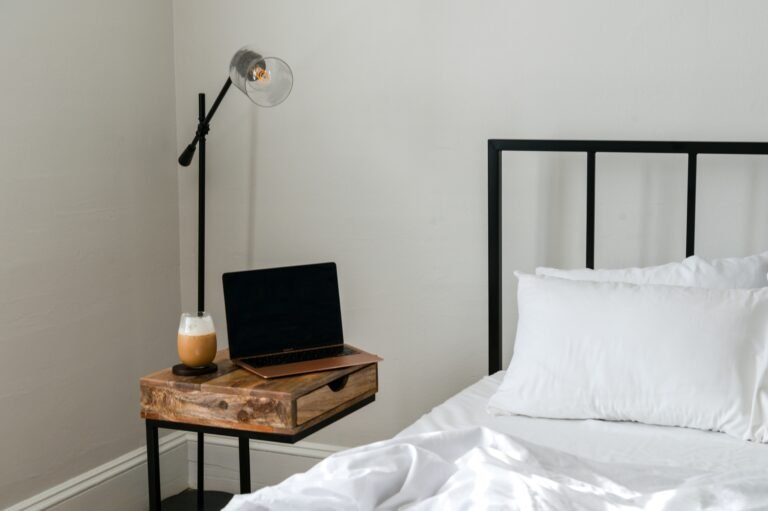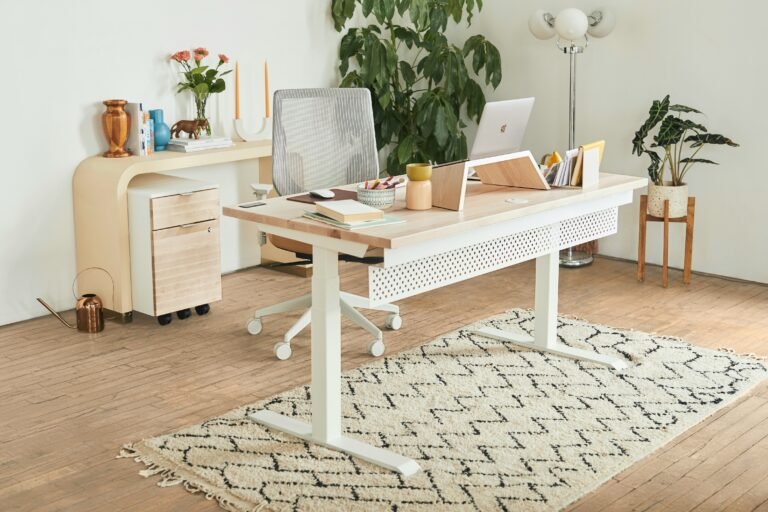Discover how ergonomic kneeling chairs can transform your workspace by enhancing posture and boosting productivity.
Ergonomic kneeling chairs are revolutionizing the way we sit, offering an innovative solution to common posture-related issues faced by office workers. With their unique design, these chairs promote a natural sitting position that can reduce back pain and increase comfort during long working hours.
Understanding the importance of posture and productivity in the workplace is crucial for both personal health and professional performance. Poor posture can lead to chronic discomfort and decreased efficiency, making ergonomic seating solutions a vital consideration.
This article will explore the benefits of ergonomic kneeling chairs, compare different models, guide your purchasing decisions, and offer tips on usage and maintenance. Whether you’re looking to enhance your home office or improve your corporate workspace, this comprehensive guide has you covered.
Table of Contents
Understanding Ergonomic Kneeling Chairs
Ergonomic kneeling chairs are designed to position the user in a way that promotes a more natural spinal alignment. Unlike traditional chairs, these chairs distribute weight between the buttocks and the shins, encouraging an open hip angle that can alleviate pressure on the lower back.
- They encourage a more dynamic sitting posture, reducing the risk of sedentary-related issues.
- Real-world example: Many users report a significant reduction in lower back pain after switching to a kneeling chair.
- Supporting evidence: Studies have shown that kneeling chairs can improve spinal curvature and reduce discomfort.
Key Features and Benefits
When selecting an ergonomic kneeling chair, it’s important to understand the key features that contribute to its effectiveness. These features not only enhance comfort but also support long-term posture improvement.
- Adjustable seat height and angle for personalized comfort.
- Durable materials that provide stability and support.
- Padded knee cushions to prevent strain on the shins.
Comparing Different Models
With a variety of kneeling chairs available, choosing the right one can be challenging. Here’s a comparison of some popular options to help you make an informed decision.
| Feature/Type | Benefits | Best For | Considerations |
|---|---|---|---|
| Basic Kneeling Chair | Affordable, simple design | Casual home office use | Limited adjustability |
| Adjustable Kneeling Chair | Customizable fit, enhanced comfort | Professionals needing extended use | Higher price point |
| Rocking Kneeling Chair | Encourages movement, dynamic sitting | Creative work environments | Requires acclimation |
How to Choose the Right Ergonomic Kneeling Chair
Selecting the right kneeling chair involves considering several factors to ensure it fits your needs and workspace. Here’s a step-by-step guide to help you choose wisely.
- Assess your workspace and determine the available space for the chair.
- Consider the primary use: home office, corporate, or creative workspace.
- Test different models if possible to find the most comfortable option.
Using Your Ergonomic Kneeling Chair Effectively
To maximize the benefits of your kneeling chair, proper usage is essential. Here are some tips to ensure you’re getting the most out of your investment.
Remember to vary your sitting position throughout the day to avoid muscle fatigue.
- Ensure the chair is adjusted to your height for optimal spinal alignment.
- Use a footrest if needed to maintain a balanced posture.
- Take regular breaks to stand and stretch, promoting circulation.
Caring for Your Kneeling Chair
Proper maintenance of your kneeling chair will extend its lifespan and ensure continued comfort and support. Follow these care tips to keep your chair in top condition.
- Regularly check and tighten screws and bolts to maintain stability.
- Clean the fabric and frame with appropriate cleaners to prevent wear.
- Inspect the knee pads for wear and replace them if necessary.
Expert Tips and Recommendations
- Start using your kneeling chair gradually, allowing your body to adjust to the new sitting position.
- Incorporate ergonomic accessories like a keyboard tray to complement your chair.
- Experiment with different sitting angles and positions to find what works best for you.
- Consider purchasing a chair with a warranty for added peace of mind.
Common Questions About Ergonomic Kneeling Chairs: Improve Posture and Productivity
Find answers to frequently asked questions about ergonomic kneeling chairs and how they can impact posture and productivity.
- Q: Are kneeling chairs suitable for everyone?
A: While beneficial for many, individuals with knee issues should consult a professional before use. - Q: Can kneeling chairs be used all day?
A: It’s best to alternate between different seating options to avoid muscle strain. - Q: How do I adjust a kneeling chair properly?
A: Adjust the seat height and angle so your hips are slightly above your knees. - Q: Do kneeling chairs help with back pain?
A: Many users report reduced back pain due to improved posture and spinal alignment. - Q: What is the average cost of a kneeling chair?
A: Prices range from $50 to $300, depending on features and build quality.
Conclusion
Ergonomic kneeling chairs offer a unique approach to sitting that can significantly improve posture and productivity. By promoting a natural sitting position, these chairs can help alleviate back pain and enhance comfort.
Investing in a kneeling chair is a step towards a healthier workspace. Consider your needs and try different models to find the perfect fit for your lifestyle.
Ready to experience the benefits of ergonomic kneeling chairs? Check out this essential ergonomic kneeling chair to start your journey to improved posture and productivity: [Affiliate link placeholder]
As an Amazon Associate I earn from qualifying purchases.
Check out this related post: Ergonomic Bean Bag Chairs with Memory Foam: Maximum Comfort
Explore this topic: Ergonomics
Last updated on August 7, 2025






